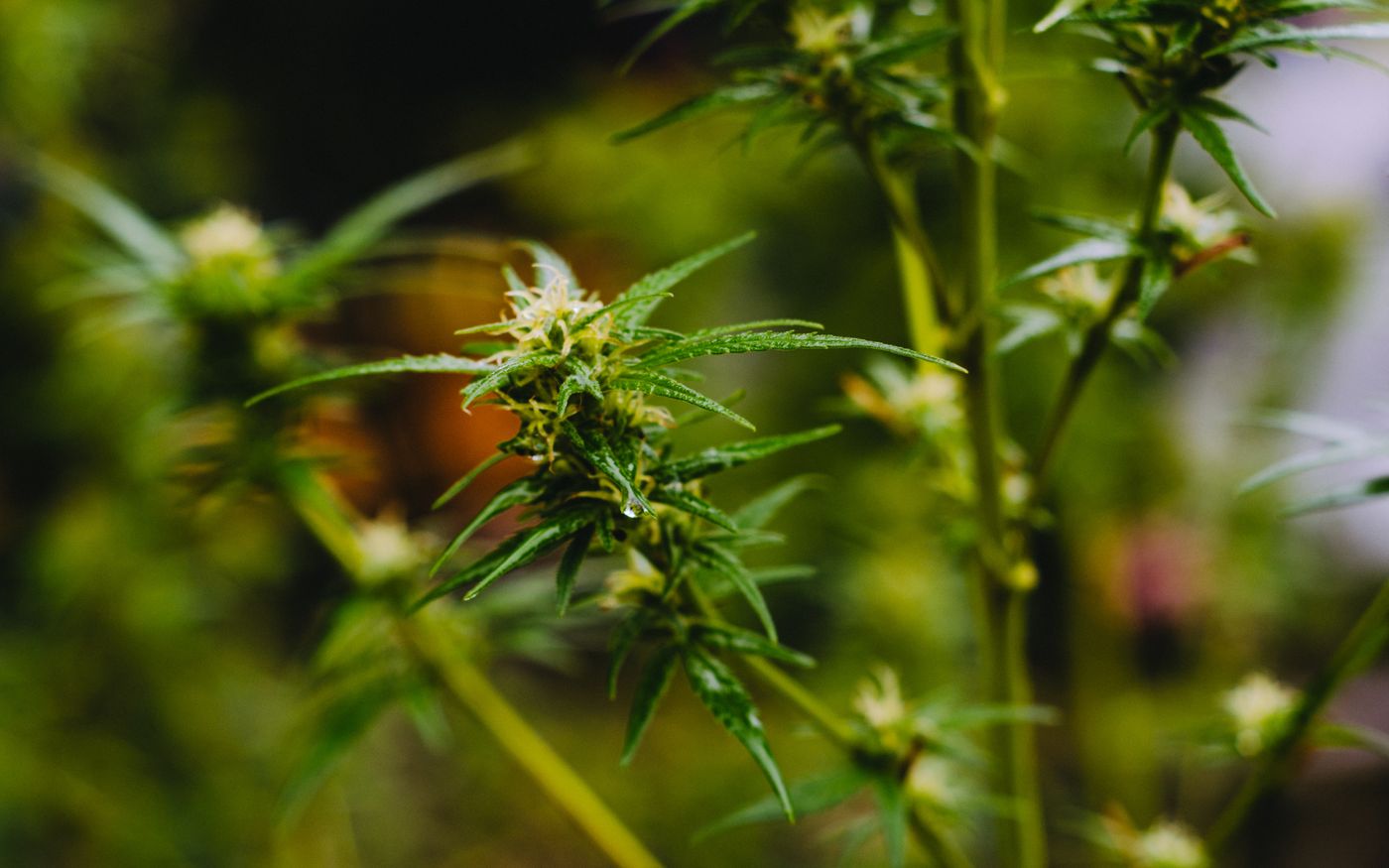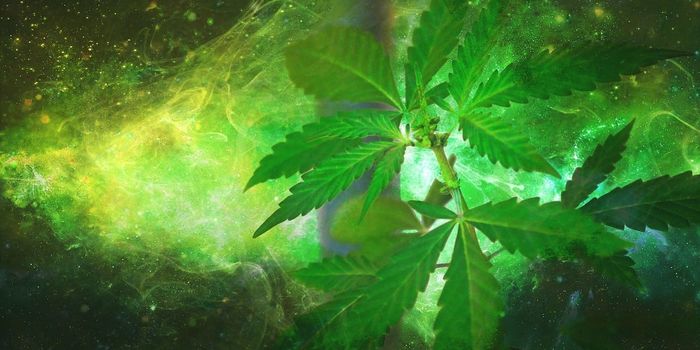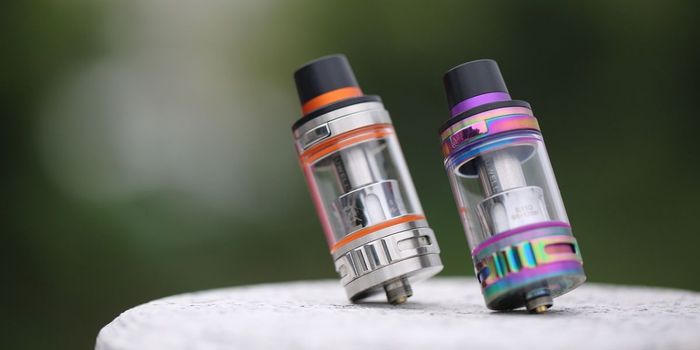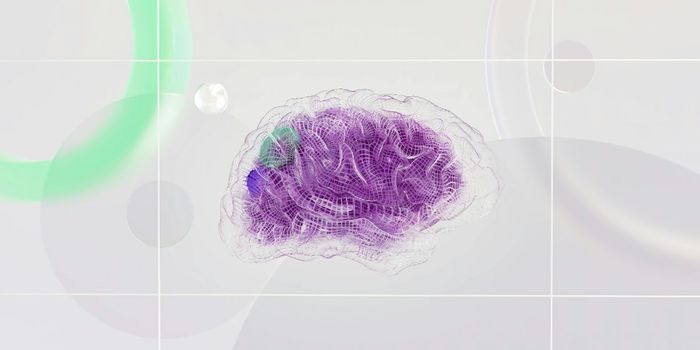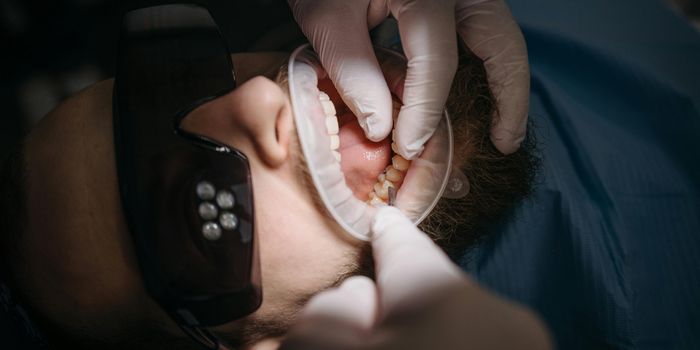What are Cannabinoid Acids?
To understand how your favorite THC and CBD products came to be, it is important to know how the cannabis plant works. The plant does not produce these two popular cannabinoids on its own; rather, it is a process that involves compounds called cannabinoid acids.
The acids, which are produced by the cannabis plant, create THC and CBD when activated by heat; a process called decarboxylation.
Some of these acids include:
THCA – converted into THC when heated. Some reported benefits include anti-inflammation, acting as a neuroprotective agent, Anti-nausea, and a potential anti-proliferative (anti-cancer) agent.
CBGA – building block behind THCA, CBDA, CBCA, and CBG, leading to THC, CBD and CBG. Known to have anti-bacterial, anti-inflammatory, anti-proliferative, and analgesic properties.
CBCA – the acid that gives us CBC, also known for anti-inflammatory, anti-microbial, and analgesic properties.
CBDA – the acid behind CBD, known for producing strong anti-inflammatory and proliferative (anti-cancer) qualities.
THCVA – what gives us THCV, associated with being an appetite suppressant, regulating blood sugar, preventing panic attacks, and stimulating bone growth.
CBGVA – the precursor to CBGA, also associated with anti-inflammatory properties.
CBCVA – a major compound in cannabis known for helping regulate sleep patterns, appetite, and mood.
CBDVA - anti-inflammatory, known for reducing anxiety, pain relief, and stimulating appetite stimulant.
Keep in mind that most of the cannabinoids that these acids produce is non-intoxicating. Other than THC, all other cannabinoids are known for their healing properties, rather than getting the user high.
Furthermore, many of these cannabinoids’ effects are enhanced when combined with one another, for example THC and CBD, or THC and CBC.
As the science community continues to gain more legal access and freedom to conduct unbiased research, expect to hear more discoveries in the plant in terms of compounds and healing capabilities in the coming years.
